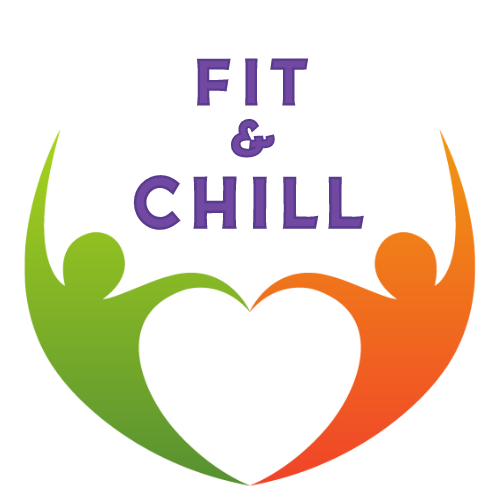Benefits of The Prisoner Squat
- Lower Body Strength: “Prisoner Squat” targets the muscles of the lower body, including the quadriceps, hamstrings, and glutes, helping to improve lower body strength and muscle tone.
- Core Engagement: Holding your hands behind your head engages the core muscles, promoting core stability and enhancing overall posture.
- Functional Movement: Squatting is a fundamental movement pattern that mimics everyday activities like sitting and standing, making “Prisoner Squat” a functional exercise that translates to real-life movements.
- Improved Range of Motion: Performing squats helps improve hip and ankle mobility, enhancing flexibility and reducing the risk of injury during daily activities.
- Calorie Burning: “Prisoner Squat” is a compound exercise that engages multiple muscle groups simultaneously, making it an effective calorie-burning exercise that supports weight loss and weight management goals.
Tips for Beginners:
- Focus on Form: Pay attention to maintaining proper form throughout the exercise, with a straight back, chest lifted, and knees aligned with toes.
- Start with Bodyweight: Begin with bodyweight squats before adding resistance or weights to ensure that you have mastered the proper technique.
- Controlled Movement: Perform the squat movement in a slow and controlled manner to maximize muscle engagement and reduce the risk of injury.
- Gradually Increase Depth: Start with a shallow squat and gradually increase your depth as you build strength and mobility in your lower body.



Leave A Comment